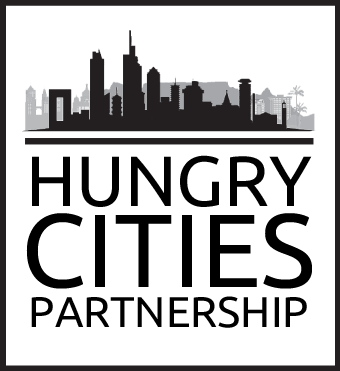
Document Type
Hungry Cities Report
Publication Date
2018
Department
Balsillie School of International Affairs
Abstract
This report presents and analyzes the findings of a household food security survey conducted by Universidad Autónoma Metropolitana as part of the Hungry Cities Partnership in Mexico City from January 10-19, 2016. It is a supplement to HCP Report No. 7: The Urban Food System of Mexico City, Mexico (Capron et al 2017). HCP Report No. 7 discusses the history, demography and economy of Mexico City, and contains an overview of the existing literature on its changing food system. This report provides a foundation for future research of Mexico City’s food system, its food security and informal sector. It also contributes to comparative studies among the seven cities of the Hungry Cities Partnership project, which are Cape Town, South Africa; Maputo, Mozambique; Nairobi, Kenya; Bangalore, India; Nanjing, China; Kingston, Jamaica; and Mexico City.
The report consists of six major sections. Following this introduction is an overview of the sampling strategies and methodologies of the city-wide survey in Mexico City. Section Three profiles the surveyed households included in the sample, including demographic characteristics, economic data, livelihoods and occupations, poverty indicators, and the use of social grants. Section Four discusses the prevalence of food insecurity in Mexico City using various food insecurity measurements: the Household Food Insecurity Access Scale (HFIAS), the Household Food Insecurity Access Prevalence (HFIAP) measure; the Household Dietary Diversity Score (HDDS); and the Months of Adequate Household Food Provisioning (MAHFP) indicator. Section Five explores factors affecting food insecurity, impacts of food price changes on food accessibility for households, and the relationship between food security and household characteristics. Section Six examines Mexico City’s food system from the point of view of households’ use of various food sources, including what they buy and how they perceive supermarkets and urban agriculture. In addition, it explores household production and consumption patterns using the Hungry Cities Food Purchases Matrix (HCFPM), which collects detailed information on the purchasing patterns of 32 individual food items.
Recommended Citation
Capron, Guénola; Gonzalez Arellano, Salomón; Wagner, Jeremy; and McCordic, Cameron, "No. 13: The State of Household Food Security in Mexico City, Mexico" (2018). Hungry Cities Partnership. 37.
https://scholars.wlu.ca/hcp/37
Included in
Food Studies Commons, Human Geography Commons, Politics and Social Change Commons, Urban Studies and Planning Commons

